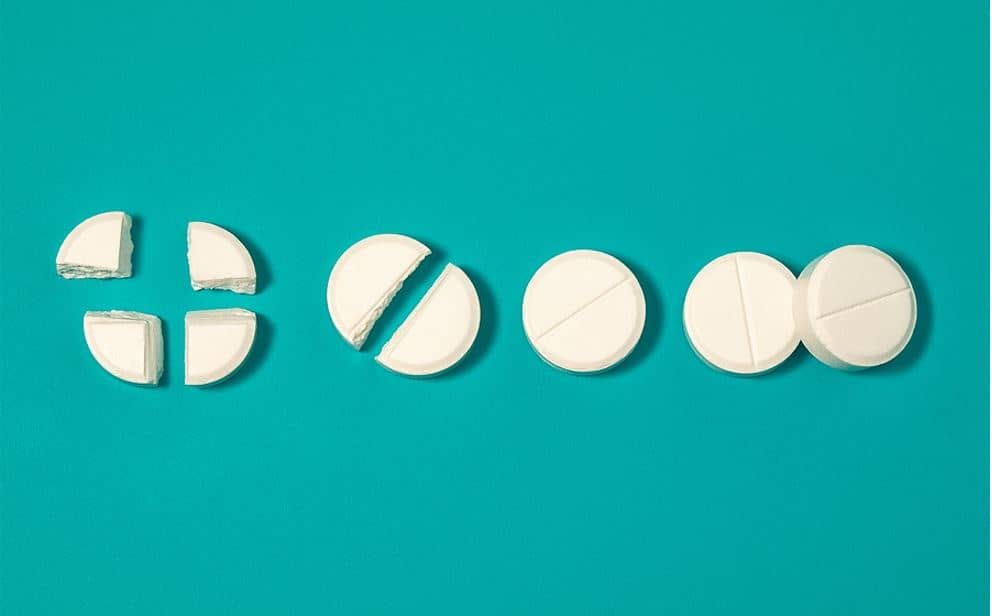Instead of being produced by nature, synthetic compounds or substances are man-made. They are substances that are synthesized through a chemical reaction. This type of compound or substance is also referred to as a synthetic substance.
New psychoactive substances, also referred to as synthetic drugs, are designed to mimic the effects of illegal substances or illicit drugs such as cocaine, LSD, and cannabis.
The chemical structures of synthetic drugs are different from those used to make illicit substances. Manufacturers of these substances constantly change their methods to stay ahead of the law.
Although some of these substances can be marketed as safe and legal, they are not necessarily safe to use.
The recommended dosage of synthetic drugs is not always clear. The chemicals can change from one batch to another.
Due to the nature of these substances, it is difficult to determine how harmful they are in a given dose. There is currently limited research on their long-term effects. Compared to marijuana, synthetic cannabis has reportedly more severe side-effects.
Due to the potential addictive properties of synthetic drugs, they pose a serious threat to the public. Unfortunately, it is hard for regulators to monitor and control the production and use of these substances. Manufacturers often alter the molecular structures of illicit or controlled substances to create new drugs that are not approved for human consumption. This allows them to avoid the Food and Drug Administration’s (FDA) regulation.
Types of synthetic substances
Common categories may include:
- phenethylamines
- synthetic cannabinoids
- synthetic cathinones
- piperazines
- tryptamines
- novel benzodiazepines.
The FDA Takes Action Against Synthetic Substances
Environmental health concerns about synthetic substances have prompted the FDA to take action against them. The agency has recently begun research into the impact of these chemicals on the environment. The organization also supports a bill sponsored by Senator Dianne Feinstein that would prohibit the use of certain synthetic drugs. The legislation would create an interagency committee to schedule these substances and establish a list of synthetic drugs that are banned in the United States.
Synthetic drugs have a high potential for addiction. Repeated use may lead to tolerance. Withdrawal symptoms may include depression, apathy, cravings, and changes in the autonomic nervous system. Eventually, people can experience seizures, which can be life-threatening. Survey data shows that a large proportion of individuals of middle school age and below have abused synthetic drugs.
Manufacturers often make their drugs from synthetic ingredients to circumvent federal laws against the use of illegal substances. However, it is not always possible to detect synthetic drugs, because they are often unlabeled or labeled “not for human consumption.” Because these drugs are so unregulated, it is not surprising that the risk of addiction and abuse is high. In the first half of 2015, 15 people died from synthetic drugs in the U.S., more than double the number of deaths reported in the first half of 2014. The American Association of Poison Control Centers has documented more than 1,000 hospitalizations due to synthetic drugs in the last year.
While synthetic substances are similar to naturally-occurring substances, their chemical structure is different. For instance, the synthetic opioid fentanyl is more potent than natural opioids. It is also important to note that major health organizations refer to several different types of synthetic substances. In general, these drugs are drugs of abuse and should be avoided.
The synthetic drug industry is an expanding field, with almost limitless potentiality. It can produce variations of natural substances, as well as new, undiscovered substances that nature cannot make. The capacity of the synthetic drug industry depends on the amount of raw materials and technical equipment available. The increasing availability of synthetic drugs is a concern for many health care providers.
The FDA evaluated the data submitted by the petitioners, along with other carcinogenicity data, and concluded that six synthetic flavoring substances are not a significant risk to humans. As a result, the agency has a reasonable certainty that the substances are safe to use in food. It is also responsible for regulating the use of these substances.
Another synthetic substance is N-Bomb, which is often marketed as a synthetic alternative to LSD and mescaline. It has been linked to several overdoses, especially among teenagers. The long-term effects of this drug are unknown.
Effects of Synthetic Substances
Many of these drugs are new, and their effects have not been studied. In addition to alcohol, prescription drugs and over-the-counter medicines can also cause unpredictable and dangerous effects.
Due to the low levels of active ingredients in these products, they are often combined with fillers to make them look like illicit drugs.
Here are some of the effects of taking Synthetic Substances;
- emotional fragility
- diminished cognitive ability
- muscular pain
- a sore jaw
- loss of appetite
- days of hallucinations
- acute agitation
- paranoia(7)
- heart problems
- chest pain
- headaches
- suicidal thoughts.
Withdrawals, Dependence and Tolerance
According to media reports, a number of people have reportedly experienced adverse effects from synthetic drugs. It can be hard to give up on these drugs if you have been using them for a long time. However, withdrawal symptoms can vary depending on the individual. Some differences may include; psychological characteristics, duration of use, age, what drug(s), physical health, method of withdrawal.


Recent Comments